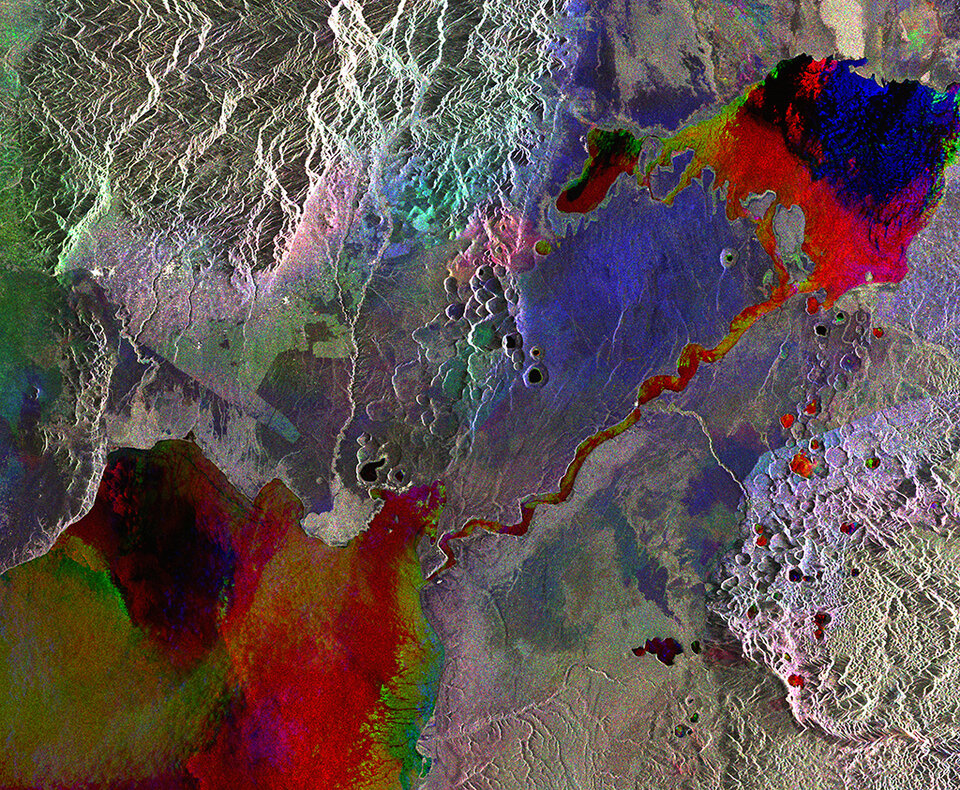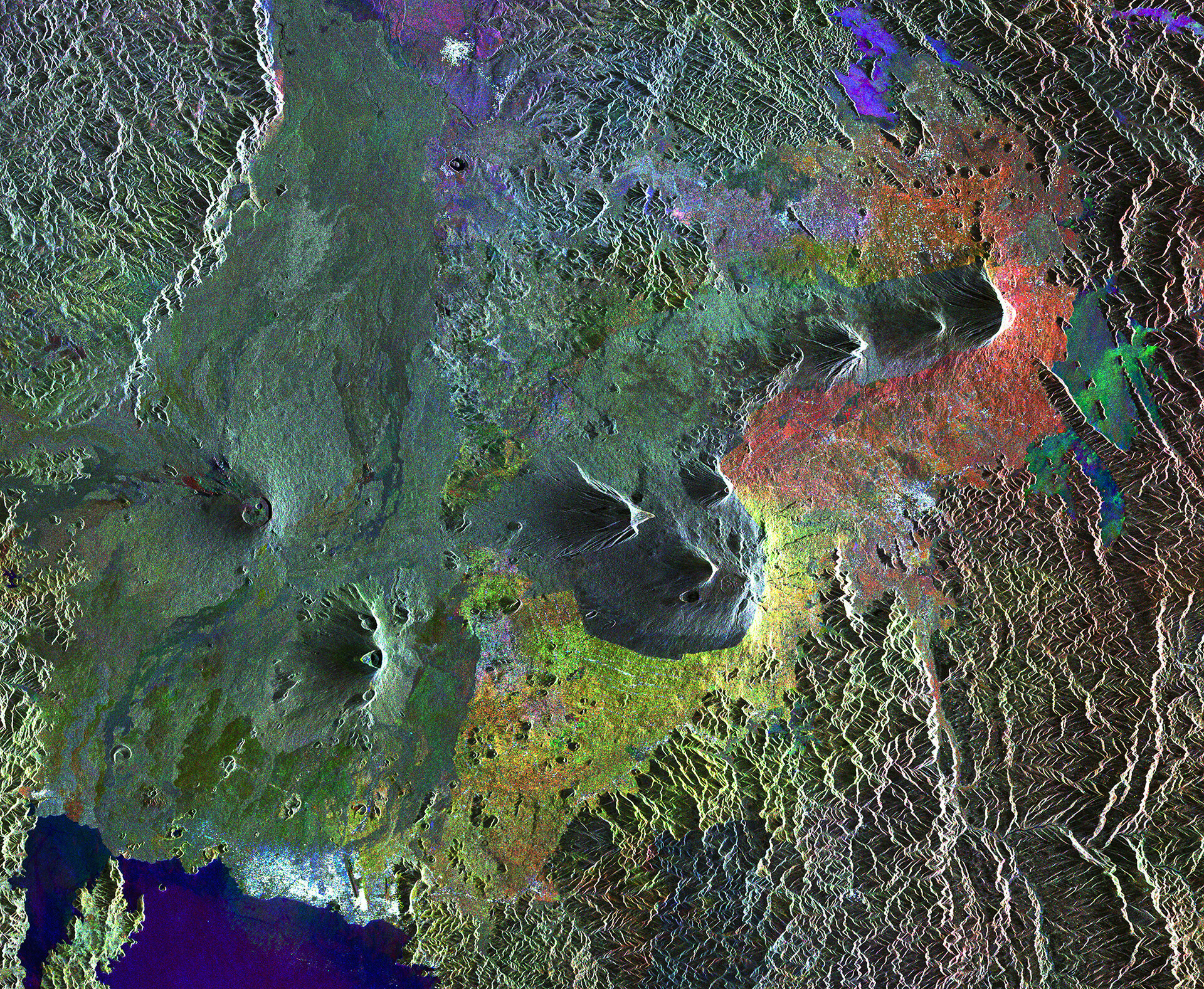Monitoring Africa's wildlife
The African continent boasts a diversity of climates with which come a whole range of ecosystems. From dense forests to arid deserts the African habitats are a haven for local wildlife. Deforestation, illegal land use, poaching and climate change, however, can tip the precious balance from habitable to uninhabitable and it does not bode well for the already endangered species living in such areas.
Satellite images can help to observe the process of sustainable cultivation and to identify illegal land use and deforestation. A campaign in Gabon, called AfriSAR, for instance, has focused on the country's forests, which cover about 80% of the land. These forests are home to some of Africa’s most diverse wildlife, including western lowland gorillas and forest elephants. A wide range of applications using EO data has already been implemented and the launch of the ESA Biomass mission will even further this technology.

Similarly, wildlife conservation requires constant coverage over vast areas to counter poaching. Through ESA's Technology Transfer Programme students from Cranfield University in the UK have been able to develop lightweight and autonomous UAVs that can produce real-time aerial imagery at a lower cost and offer greater responsiveness than existing alternatives.
Using the technology originally developed for space telescopes could help rangers in their difficult fight against illegal hunters. This may ease the plight of the African rhino, among the continent's most endangered species.

Africa's mountain gorillas are also on the International Union for the Conservation of Nature (IUCN) red list of endangered animals. ESA has co-operated with the United Nations Educational Scientific and Cultural Organisation (UNESCO) on the ground in Central Africa in a project called Build Environment for Gorilla or BEGo.
By supplying Earth Observation imagery and products to conservation bodies and authorities the habitats of mountain gorillas could be monitored and protected within national parks in Uganda, Rwanda and the Democratic Republic of Congo. Vegetation classification maps derived from space observations also enabled researchers to find out more about how the gorillas migrate through and utilise the resources of the forest, improving authorities' ability to care for them.

Equally important to Africa's wildlife are the continent's numerous wetlands. They serve as important stations for migratory birds, provide water for drinking and irrigation and are a haven for some of the most diverse wildlife. Since the signing of the Ramsar Convention on Wetlands in 1971 the focus has been on preserving and monitoring the extent of wetlands on a global scale.
ESA's GlobWetland projects have been crucial in providing Earth observation tools and resources to recognise wetlands from above and thus enable their preservation. Connected to ESA's Tiger initiative these projects helps training local water authorities in the use of EO data and technology for sustainable water resource management.




